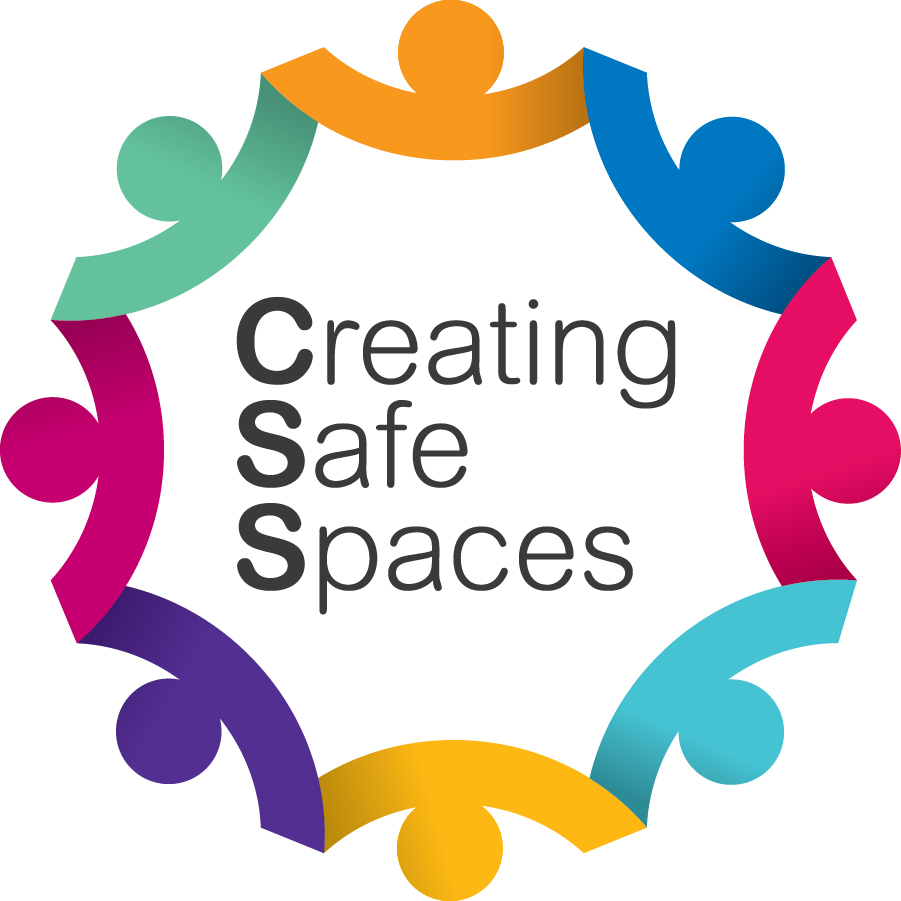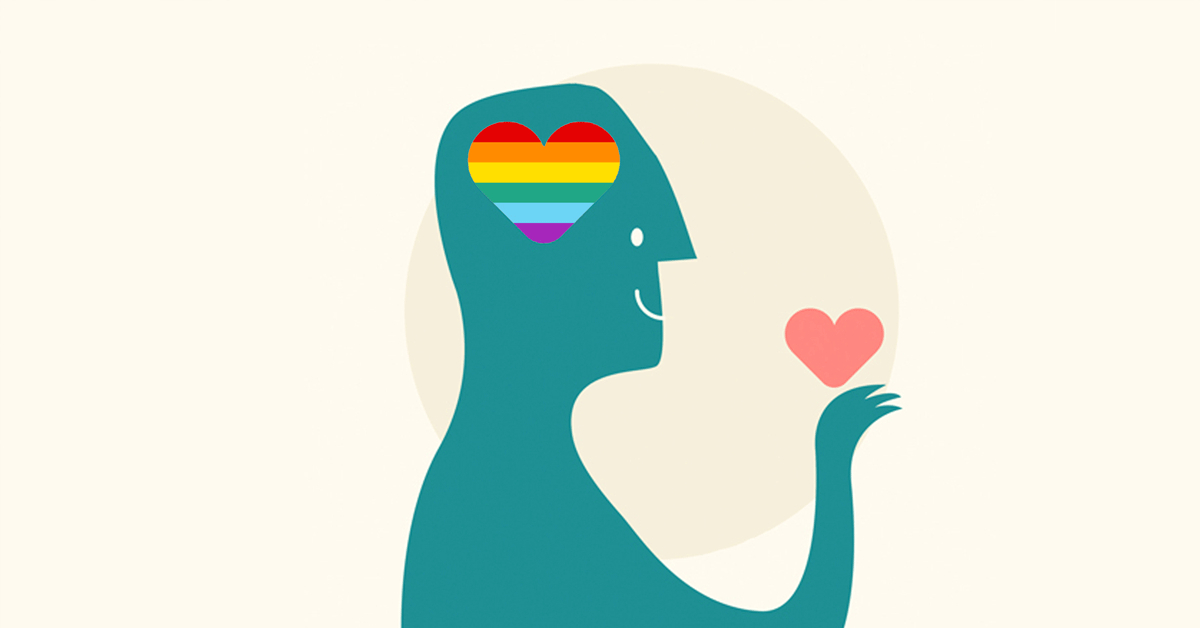Mental health within the LGBTQ+ community remains a critical issue, influenced by unique challenges and societal shifts. From overcoming stigmatization to seeking inclusive care, LGBTQ+ individuals often face hurdles that significantly impact their well-being. The mental health needs of this community require a nuanced understanding that reflects both shared and individualized experiences. With global advocacy and awareness increasing, it’s essential to explore the distinctive issues facing LGBTQ+ individuals and the strategies to support them in an evolving world.
The Impact of Stigma and Discrimination
1. Social Stigma as a Persistent Barrier

Despite progress in legal rights and cultural acceptance, many LGBTQ+ individuals still encounter prejudice, leading to feelings of isolation and shame. Social stigma can manifest in workplaces, schools, and healthcare systems, often discouraging individuals from seeking mental health support. According to recent studies, LGBTQ+ adults are more likely to experience anxiety and depression compared to their heterosexual peers due to these stressors.
2. Intersectionality and Diverse Experiences
Intersectionality deepens the complexity of mental health challenges within this community. Factors such as race, ethnicity, socioeconomic status, and geographic location often intersect with sexual orientation or gender identity, compounding discrimination. For example, a Black transgender individual may face racism alongside transphobia, amplifying the stress they endure. Recognizing these layered experiences is vital in providing effective mental health support.
Challenges in Accessing Inclusive Mental Health Care
1. Lack of LGBTQ+ Competent Providers
One of the major hurdles in mental health care is finding providers who understand LGBTQ+ issues. Many individuals report that therapists lack the training or sensitivity required to address their unique concerns, leading to a disconnect in care. Mistrust in the system or fear of judgment often discourages LGBTQ+ individuals from pursuing therapy or counseling services.
2. Financial and Geographical Barriers
Financial instability and limited resources in rural or conservative areas further hinder access to inclusive care. LGBTQ+ youth and adults living in such regions often struggle to find affirming services. While telehealth platforms have provided new opportunities, gaps remain in ensuring these services are tailored to the specific needs of LGBTQ+ clients.
The Role of Community and Support Systems
1. Building Safe Spaces

Support networks within the LGBTQ+ community can be lifelines for individuals struggling with mental health challenges. Safe spaces, whether physical or virtual, foster acceptance and belonging, helping to counteract feelings of alienation. Community centers, online forums, and peer-led support groups are vital resources that offer a sense of solidarity and shared understanding.
2. Family Acceptance as a Protective Factor

Parental and familial support is a significant protective factor against mental health issues in LGBTQ+ youth. Studies show that young people with accepting families are less likely to experience depression, anxiety, and suicidal ideation. Programs aimed at educating families about LGBTQ+ identities can play a crucial role in creating affirming environments at home.
Addressing Mental Health Disparities
1. Tailored Therapy Approaches
Therapeutic interventions for LGBTQ+ individuals should reflect their specific experiences and challenges. Affirmative therapy, which acknowledges and validates a person’s sexual orientation or gender identity, has proven effective in reducing mental health disparities. This approach empowers individuals to embrace their authentic selves while addressing underlying trauma or stress.
2. Policy and Advocacy Efforts
Advocacy for comprehensive healthcare policies that include LGBTQ+ mental health provisions is essential. Governments and organizations must prioritize funding for mental health programs that address disparities, promote inclusivity, and provide training for mental health professionals. Advocacy efforts can help bridge gaps in access and improve the quality of care for LGBTQ+ populations.
A Changing World and New Opportunities
1. The Role of Education and Awareness

As conversations about LGBTQ+ rights and mental health gain momentum, educational initiatives are playing a critical role in reducing stigma. Schools and workplaces are increasingly adopting diversity training programs to foster inclusive environments. Such initiatives not only benefit LGBTQ+ individuals but also contribute to a broader culture of empathy and understanding.
2. Technological Advancements in Mental Health Care
Telehealth and digital tools are revolutionizing how mental health care is delivered to LGBTQ+ communities. Apps offering anonymous counseling or crisis intervention have become lifelines for those hesitant to seek in-person help. Additionally, AI-driven tools that provide personalized resources are emerging as valuable assets in supporting LGBTQ+ mental health.
Conclusion
Addressing LGBTQ+ mental health requires a multifaceted approach that acknowledges unique challenges while fostering inclusivity. As societal attitudes evolve, it is crucial to continue advocating for comprehensive care, building supportive communities, and creating educational initiatives that drive positive change. Together, these efforts can help break down barriers, ensuring that LGBTQ+ individuals receive the mental health support they deserve.
What steps can we take to support LGBTQ+ mental health in our communities? Share your thoughts, explore more resources, or connect with us on our website to join the conversation!

Leave a Reply